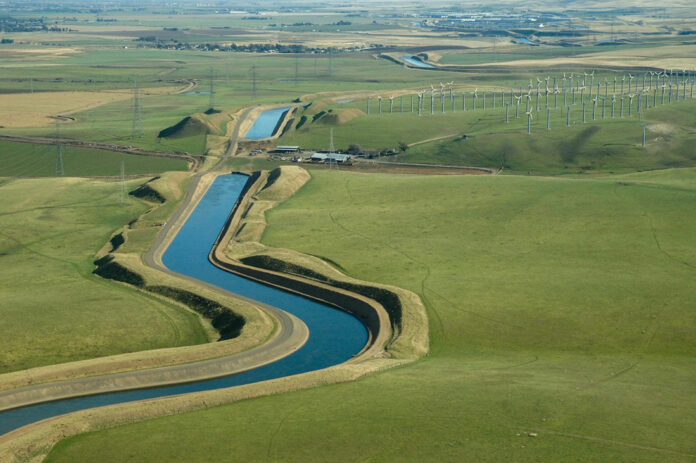The rain and snow this year really helped our water supply and ended our local water restrictions, BUT…
Groundwater: When California’s reservoirs decline, many cities and farmers turn to another water source: vast aquifers underground.
In drought years, groundwater supplies up to 60% of California’s water. But the pumping has been largely unregulated. Over the decades, water levels have fallen dramatically in California’s aquifers. And that water has never been brought back up to pre-drought levels. This is especially prevalent in the Central Valley.
Imported surface water from the Colorado River: Most of California’s major cities exist today because their water is delivered from hundreds of miles away. Most of the state’s imported Colorado River water goes to southern California.
A two-decades long drought has hit the Colorado River hard, causing its massive reservoirs—Lake Powell and Lake Mead—to plummet. Climate change is shrinking the snowpack that feeds the river, and the seven states that use it have long made claim to more water than is available on average.
As the climate continues to change, California’s extremes are expected to get more severe. Droughts will be drier and longer, putting even greater strain on the state’s water supply. And wet years will be more intense, like this last year. We are learning to adapt, but change is slow.
Saving water now could help keep reservoirs fuller, a safe bet in a state where next year’s winter storms are never guaranteed.
After the last major drought ended in California in 2017, some water conservation behavior seemed to stick. Water use did not rebound to pre-drought levels, because some residents made lasting changes, like replacing water-hungry lawns and swapping for more efficient fixtures and appliances.
The Water Resources Association of San Benito County can help you be efficient with water use so we can all tackle the changing climate together. There are several programs to assist you. Call 831.637.4378 to schedule a free leak check and irrigation efficiency check. Or visit www.wrasbc.org to learn about their programs.
Summertime = peak water use!
Shawn O. Novack is Water Conservation Programs Manager for the Water Resources Association of San Benito County, and the San Benito County Water District.










